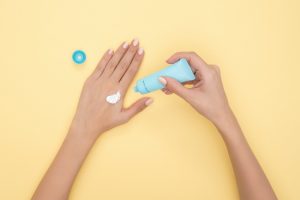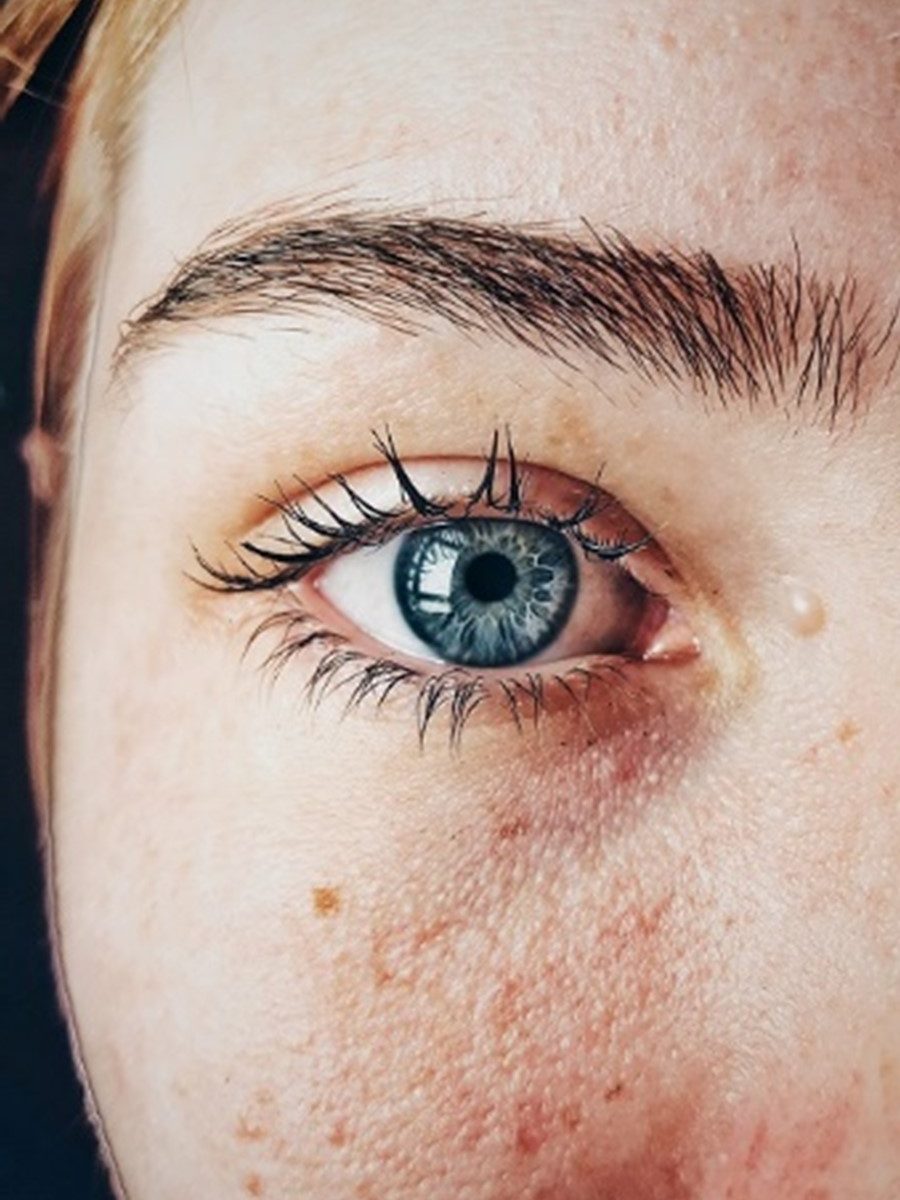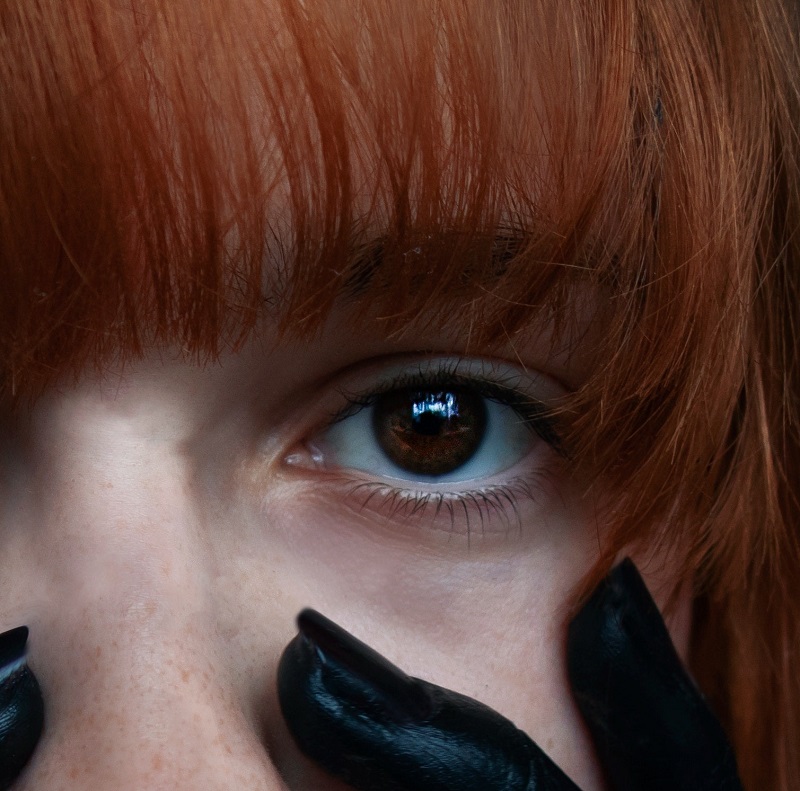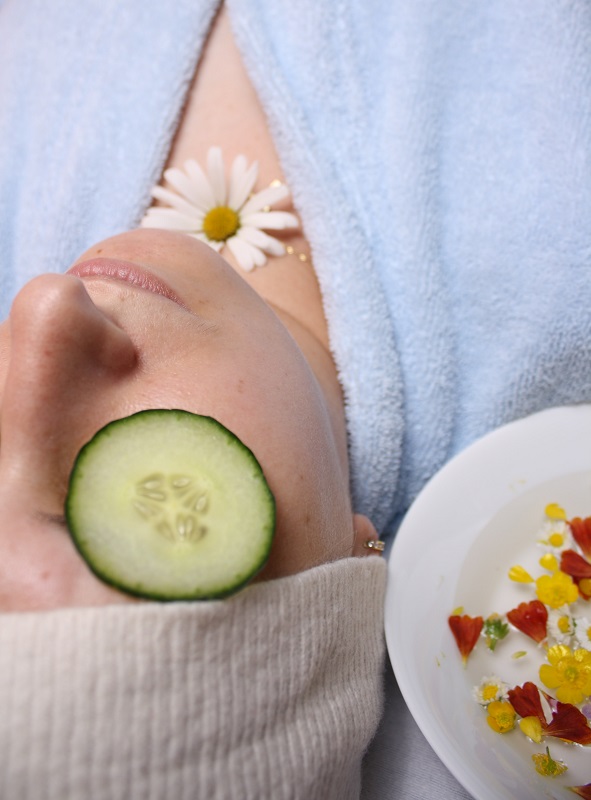




-
Squamous Cell Carcinoma- This type of cancer is usually found on the areas of the body that have been damaged by UV rays from the sun or tanning beds. Warning signs include:
-
Red, firm nodules
-
Flat sores with a scaly crust
-
Rough, scaly patches on the lip or open sores on the lip
-
Red, wart-like sores on or in the anus or genitals
-
Red sores or rough areas in the mouth
-
New sores or raised patches over an old scar or ulcer
-
-
Basal Cell Carcinoma- This type of skin cancer typically forms on areas of the skin that are exposed to the sun, like your head and neck. Warning signs include:
-
Waxy skin growths: Typically, these appear lumps look almost like a scar, and can range in color from pale white to yellow pigment, and can even be the same color as your skin.
-
Sores that bleed easily: These sores are easy to open and difficult to stop bleeding.
-
Dome-shaped growth: These can appear as slow-growing, dome-shaped lumps that flatten out over time, may ooze, and leave a crust.
-
Eczema-like scales: Basal cell cancer can present itself as a shiny and scaly pink-red patch of skin that grows slowly and is often mistaken for eczema.
-
- Dysplastic Nevus- These are atypical moles that are noncancerous. These moles may resemble melanoma when using the ABCDE’s, however, they are noncancerous. People who have dysplastic nevus are often at higher risk of developing melanoma or a mole somewhere else on the body.
-
Actinic Keratosis- Also known as solar keratosis and is a crusty, scaly growth caused by UV radiation damage. These spots are typically found on the face, lips, ears, bald scalp, shoulders, neck, back of the hands, and forearms.







 We all look forward to the warm touch of the sun’s rays on the skin, especially after winter. However, basking in the sun and endless outdoor activities can make your dry skin sensitive to the effects of UV rays. Dry skin (Xeroderma) is genetic. It produces very little natural oil, leaving it feeling or looking:
We all look forward to the warm touch of the sun’s rays on the skin, especially after winter. However, basking in the sun and endless outdoor activities can make your dry skin sensitive to the effects of UV rays. Dry skin (Xeroderma) is genetic. It produces very little natural oil, leaving it feeling or looking: 

 It doesn’t matter if it’s in your skincare routine or if you simply enjoy eating oranges, Vitamin C is a vitamin that has become a staple of many health routines. However, knowing what Vitamin C does and how to use Vitamin C isn’t always easy. If you want to get the most benefits from this Vitamin and avoid any side effects, you need to know how to use it right.
It doesn’t matter if it’s in your skincare routine or if you simply enjoy eating oranges, Vitamin C is a vitamin that has become a staple of many health routines. However, knowing what Vitamin C does and how to use Vitamin C isn’t always easy. If you want to get the most benefits from this Vitamin and avoid any side effects, you need to know how to use it right.
 The skin beneath the eyes is extremely sensitive, and it needs a lot of care. Dark circles are one of the most common problems that most people face today. No matter how much makeup you apply, these circles will not go away unless you treat them from the inside.
The skin beneath the eyes is extremely sensitive, and it needs a lot of care. Dark circles are one of the most common problems that most people face today. No matter how much makeup you apply, these circles will not go away unless you treat them from the inside. 
 Spring is the ultimate time for a fresh start! Your outlook in the future is more optimistic, and the smell of blooming flowers is in the air. But there’s more to this exciting time of year than new beginnings: It’s also prime season for your skin to break out!
Spring is the ultimate time for a fresh start! Your outlook in the future is more optimistic, and the smell of blooming flowers is in the air. But there’s more to this exciting time of year than new beginnings: It’s also prime season for your skin to break out!


 Winter is here which can be great for warm nights by a fire, cozy clothing, and enjoying the great outdoors. But for those with eczema, it can also mean fighting off flare-ups. Going from cold outdoors to dry indoors often can irritate your skin leading to acute symptoms of eczema. Fortunately, we are here to help you reduce your risk of flare-ups this winter.
Winter is here which can be great for warm nights by a fire, cozy clothing, and enjoying the great outdoors. But for those with eczema, it can also mean fighting off flare-ups. Going from cold outdoors to dry indoors often can irritate your skin leading to acute symptoms of eczema. Fortunately, we are here to help you reduce your risk of flare-ups this winter.